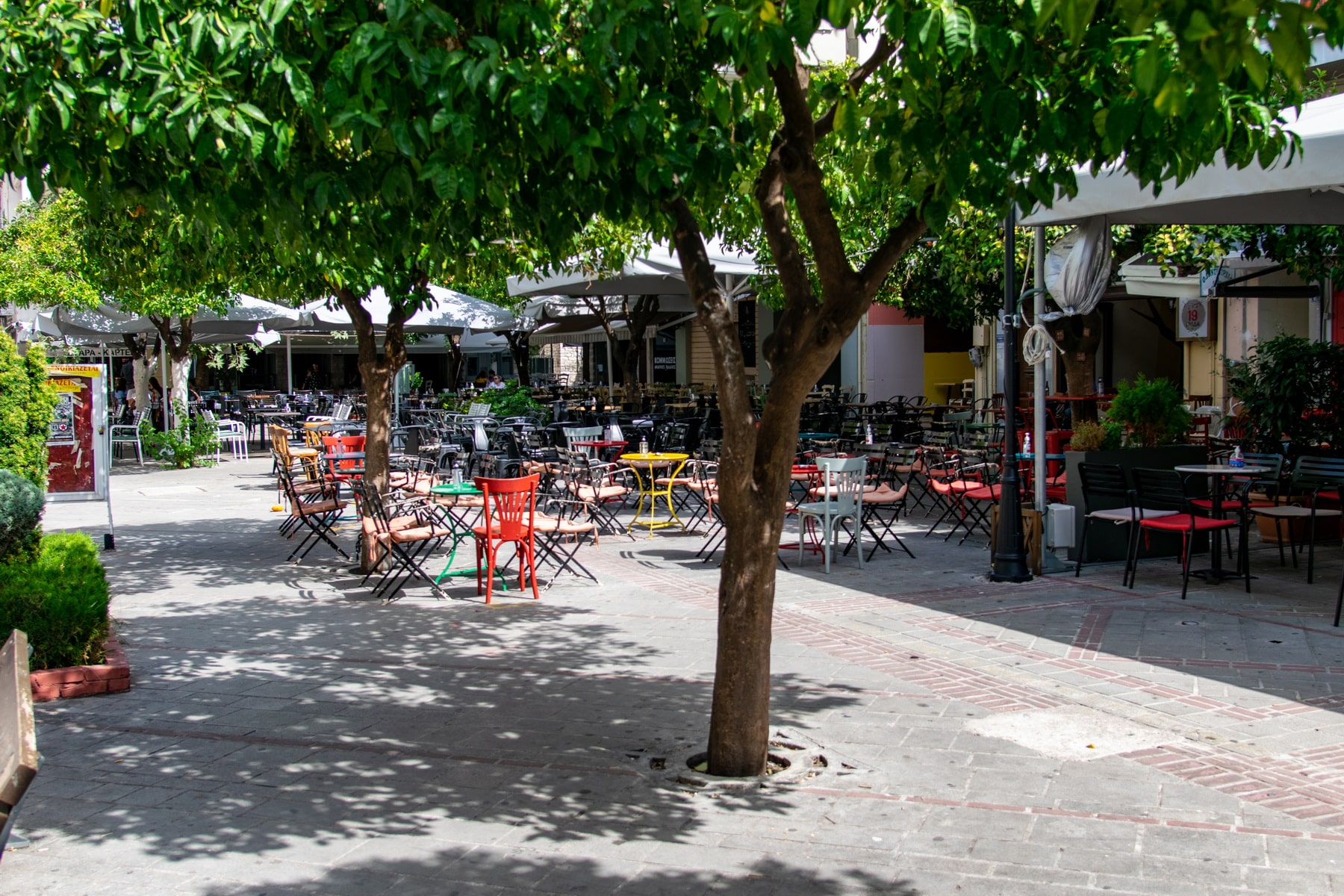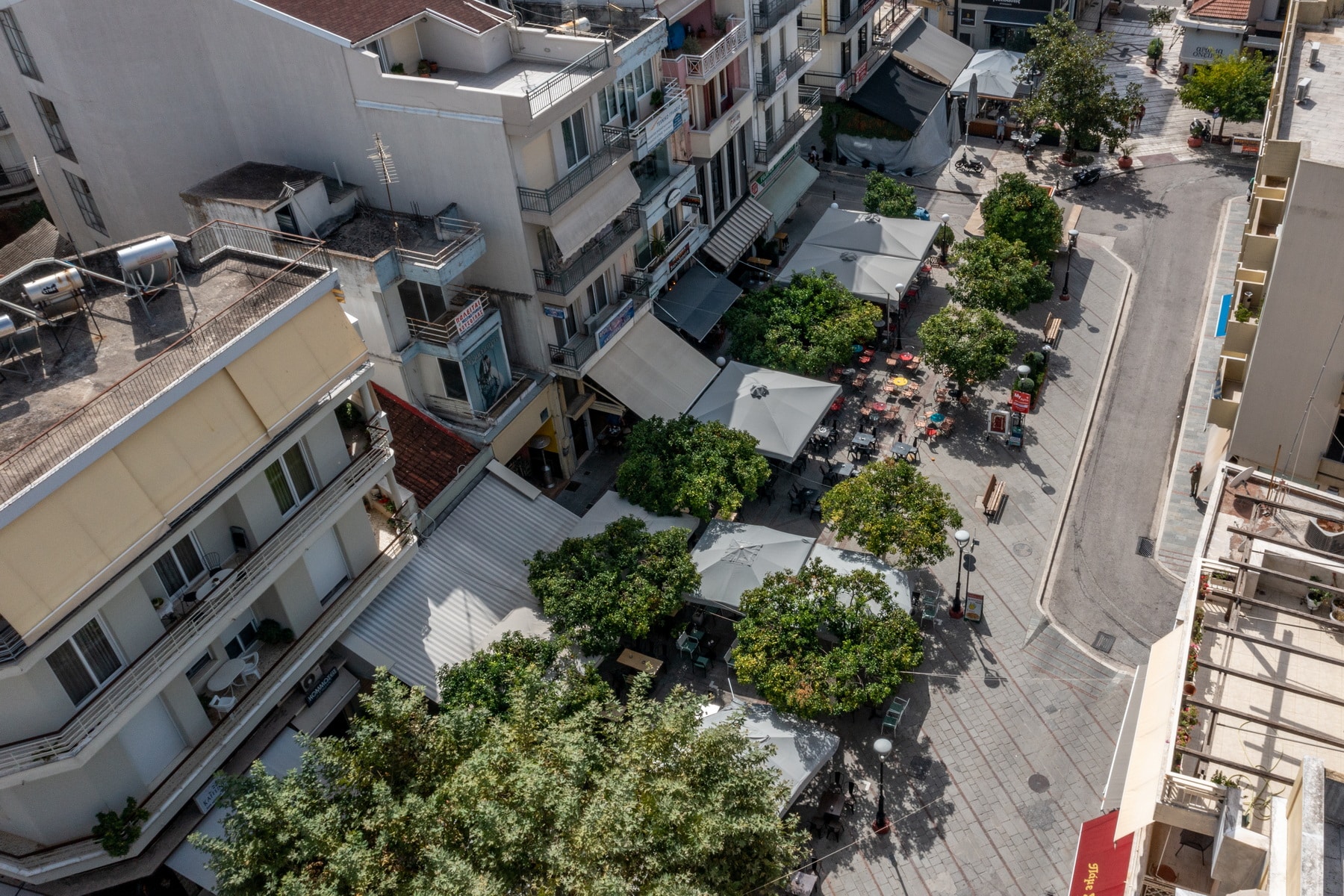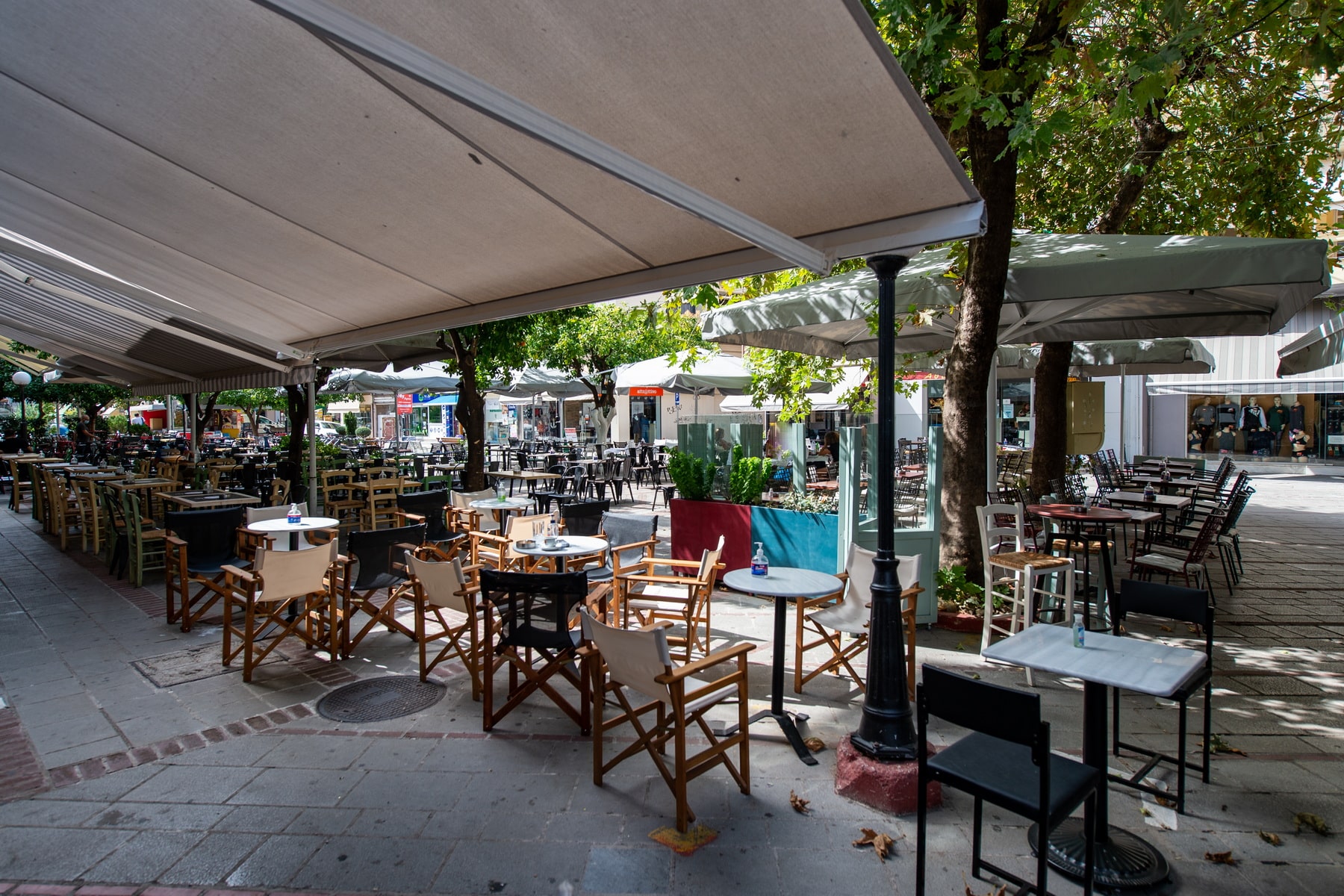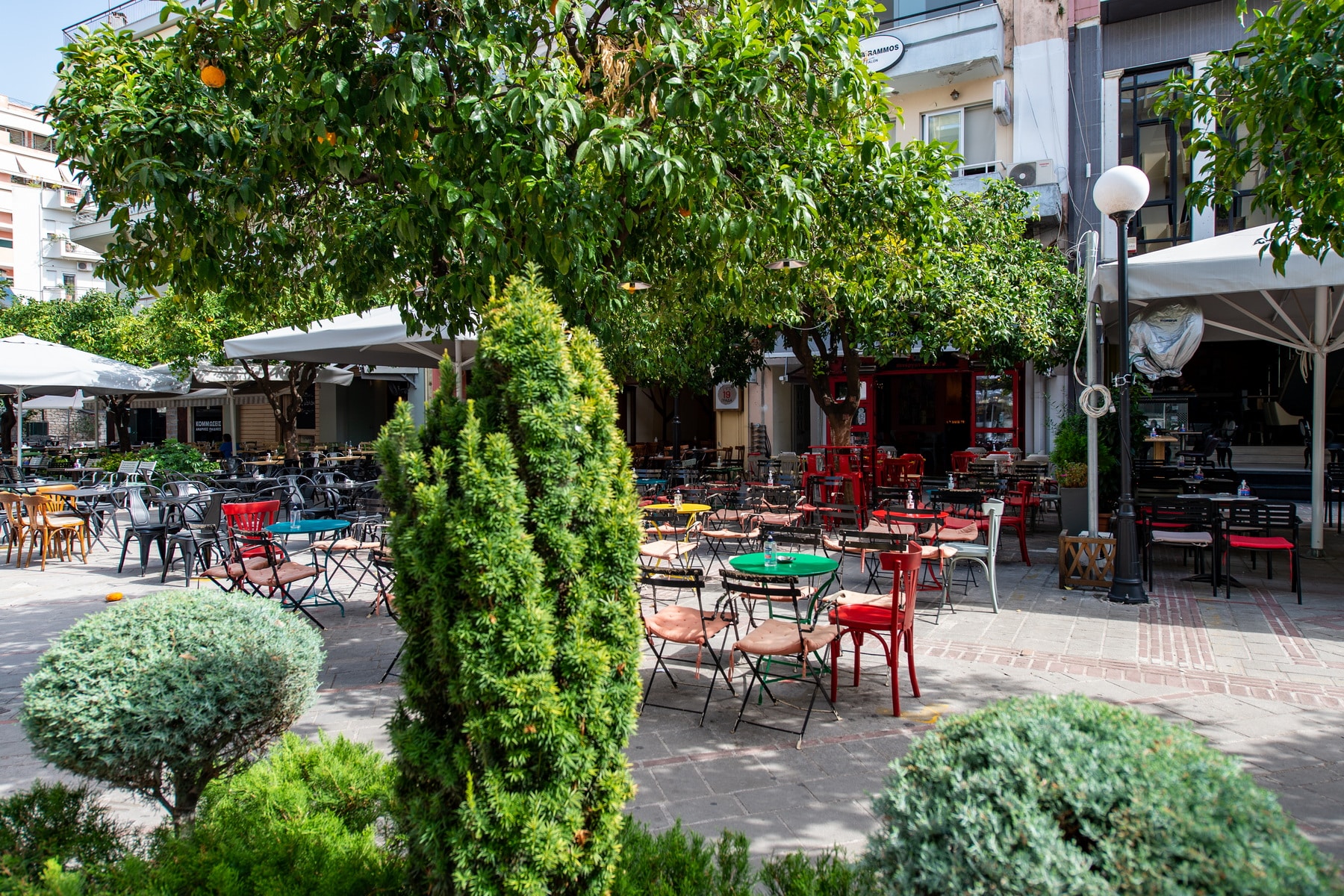In the center of the city of Arta lies the Monopolio Square, and as its name suggests, it was a commercial market. During the Ottoman period and from the 17th century onwards, it was one of the two city squares, along with the Clock or the Hour square, where the weekly market (farmer’s market) was held. Its name is preserved to this day, an indisputable witness to its history. The whole district that extended from the square to the church of St. George and was adjacent to the Jewish quarter was also called Monopolio (or Monoplio).
The commercial transactions: The main commercial markets of Arta during the years of Ottoman rule were three and were named after the three main communities of the city. The first was the Romiopazaro, which occupied today’s Skoufa Street as far as Monopolio Square and was the main daily market with about 400 shops. The second was the Turkopazaro, which stretched from the Clock Square to the current public market, and the third was the Hebrew market, which developed from Monopolio Square to the castle. The commercial activity was completed by the annual market (trade fair) held for 8 to 10 days in September in the Mouhousti district and the weekly market in Monopolio Square.
Initially, the weekly market took place every Sunday. The event provoked reactions in the city’s Christian population, and in 1777 riots broke out between Christians and Jews. The former claimed that only the Jews of the city were interested in holding the market on Sunday, as this ensured uninterrupted trade every day of the week. Consequently, they demanded from the Ottoman authorities to change the day at the urging of Saint Cosmas of Etolos. Their request was successful, and the market was transferred to Thursday.
The market in Monopolio Square was used as a farmer’s market, which traded mainly food items. The producers of the surrounding villages arrived with their goods, in small quantities, either to sell them or to exchange them with other products, something that was not easy to do in the countryside. Farmers and stockbreeders hawked their merchandise, wine, fruits, vegetables, cheese, wool, eggs, and honey. These items were rarely traded in the daily local markets, so there was no competition. However, the square was a place of meetings and transactions all days of the week. Ioannis Makrygiannis mentions, in his Memoirs, Book A ‘, that during his stay in Arta, he saw lords, village leaders, and merchants gather in Monopolio Square and sit there until late at night. He even met them and carried out various commercial transactions.
Historical: The Square’s location in the city’s center made it the epicenter of various happenings and connected it with important historical events.
In Monopolio Square, the carnival custom of the “”bandides”” took place, during which the inhabitants danced wearing masks. With clear Venetian influences, the custom is said to date back to the time of the Despotate, when Charles I Tokkos (1411-1429) ruled. According to tradition, it started from a carnival party organized by the despot in his palace. Then he introduced the doctor’s mask, a figure known from the Venetian Commedia del Arte. He is the “”dotore di morto”” who roamed the streets of Venice on Halloween, referring to the two plague epidemics in which doctors walked around wearing masks to keep them from getting sick. The figure became very popular and reached the streets of Byzantine Arta, where the inhabitants had fun at the annual carnival party impersonating the Venetian doctors. Even after Arta’s conquest by the Ottomans (1449), the custom, gradually limited to the square, was maintained after the inhabitants’ request to the sultan.
Years later, during the Crimean War (1853-1856), the custom of “”Papoulias””, a mocking figure of the carefree roisterer, was added to the custom of “”bandides””. The following couplet refers to the custom: “”You have lost your “”malako””, my Papoulias, You have lost the “”mendziko””, the “”bandides”” took it, my Papoulias, they are taking it to Monoplio””. It is essentially a pun that satirized the events of the Russo-Turkish war. The words “”malako”” and “”mendziko”” referred to women’s clothing. At the same time, they referred to the Russian fortress, Malakov, and its defender, Mendzikov. According to the custom, “”Papoulias”” met the wife of Russian deputy consul of Arta and took a “”malako”” and a “”mendziko”” from her. Holding her clothes in his hand, he walked with his company along the Romiopazaro to the Monopoly Square, singing and teasing people. The “”bandides”” came to mingle with the cheerful company from the opposite direction. When they met “”Papoulias””, they dressed him in these controversial clothes and sang the couplet as they all walked together towards Monopolio square to continue the revelry.
Monopolio Square is not only associated with festive events. During the Turkish occupation, it was a market and a place of executions. The headless skeletons revealed in an excavation next to the square’s Panagia Kassopitra church provide strong evidence. As was the case with the bridge’s plane tree, the square was crowded. This was why these two locations were chosen as venues for executions. With the dreadful view of the victims (they placed their heads on stakes), the authorities considered that they were succeeding in setting an example for the others. The ruthless executions that took place in Monopolio during the 1821 revolution forced the inhabitants to leave the city out of fear and disgust. According to Seraphim Xenopoulos, Metropolitan of Arta (19th century), there was a cemetery next to the square where fighters of the battle of Peta were buried, making the Monopolio the most probable place for their execution.
The square retains its old name in the local community, despite its renaming by the municipal council to Eleftherias (Freedom) Square to honor the Greek army’s reception during the liberation of Arta, on the 24th June 1881. For the same reason, the second Turkish square of the Clock was renamed to King George A’ square, a name that in this case prevailed.
Next to the square, the first town hall of the free city operated with Ioannis Antonopoulos as mayor.

June 24th Square (Monopoleiou)










